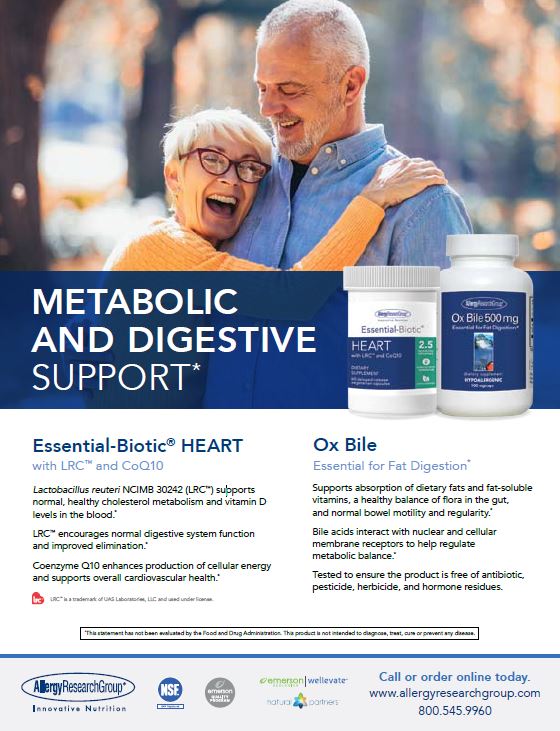by Jule Klotter
In his book The Way of the Physician (1985), philosopher Jacob Needleman wrote: “…throughout history, we can see that [the relationship between doctor and patient] has been in varying ways one of the principal forms in which people have received some nourishment for their higher feelings.” Today, advertising programs us to believe that the right pill or treatment will bring health. But, as Jonathan Collin, MD, (Townsend Letter’s publisher) expressed in his November 2016 column, healing is not that cut and dried, not so mechanical.
Collin writes, “As a physician, my biggest frustration is when I find that my patient is unable to make any progress. Nothing is more discouraging than when the patient lets me know that his or her symptoms are unchanged—still experiencing fatigue, pain, headache, joints aching, and feeling depressed and anxious.” In such cases, he questions the treatment plan and the diagnosis and asks himself what he is missing.
A documentary called Becoming Mike Nichols, about the award-winning film and theatre director, helped him realize that there’s another piece to healing. Collin writes:
Nichols shares that what is the most exciting thing about his directing is when he can spur his actors into ‘getting it,’ when they take a scene that is just dialogue and there is a shift in their consciousness, when their participation becomes transformative and they become what they are acting…. I was struck that what Nichols was describing is what occurs when the patient overcomes their illness. There is a moment when the patient ‘gets it,’ pulling some very key healing aspect out of their subconscious, and it is at that moment when the healing process occurs. It is very transformative, and both the patient and doctor realize it.
A doctor cannot force that kind of healing transformation from a patient; but like that award-winning director, the practitioner can encourage participation that will lead to improvement.
Have you ever experienced “getting it”?





